For some people, summer means long, lazy days and hot nights. Holidays and beaches. Swimming and thongs. But, as the experience of these three women show, there’s one thing that summer should never be synonymous with: suntanning.
Read their stories, and you’ll see why…
“My brilliant friend lost her life to skin cancer at 28”
Writer Lisa Patulny has become a passionate campaigner for skin cancer awareness since a close friend passed away.
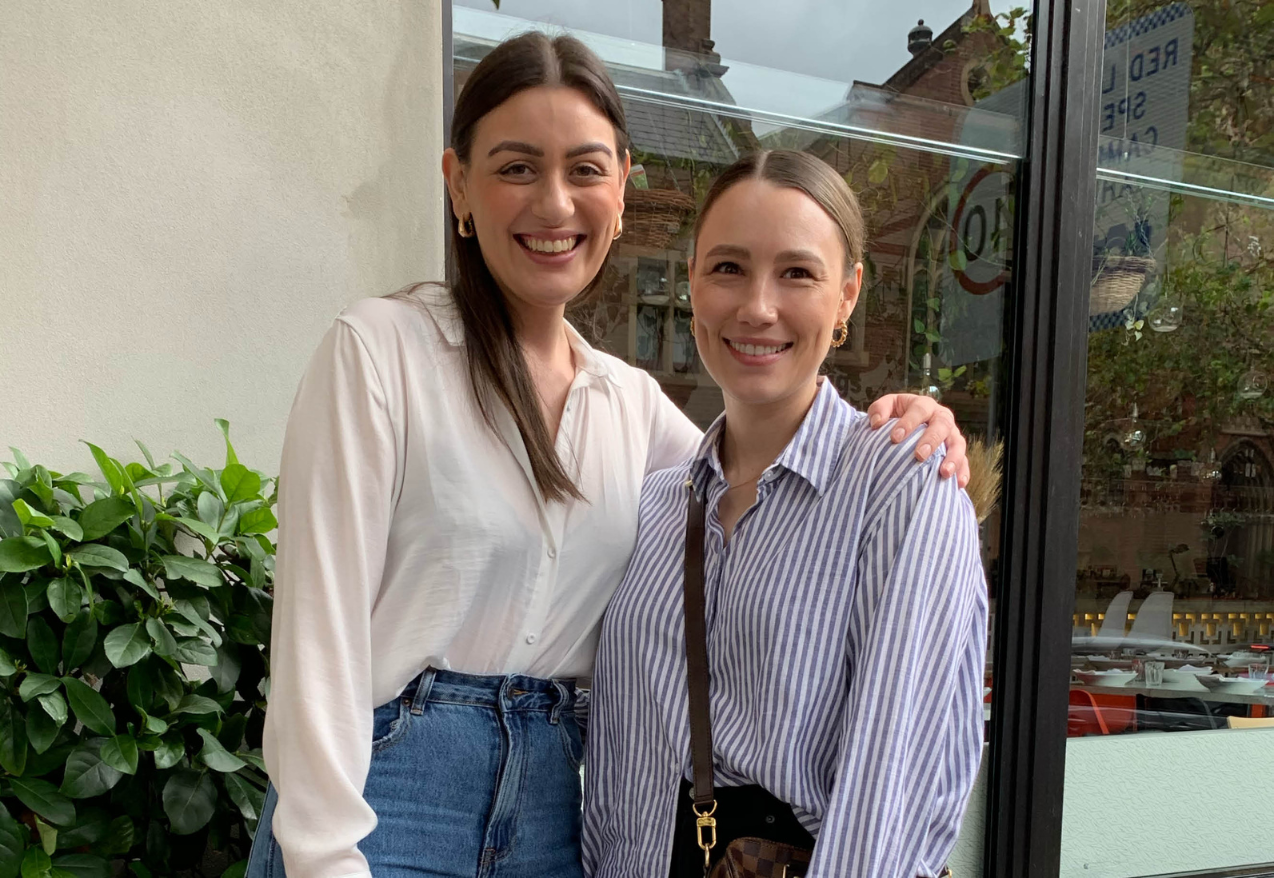

In 2018, I was mingling at a work event when my colleague, Natalie Fornasier, found me in the crowd. We’d both been away and were keen to catch up. There, in a sea of people making small talk, she told me her melanoma had returned. This time, she said, it was in her lungs.
That was the moment I knew I’d never suntan again.
A year ago this January, Natalie passed away. She was 28 years old.
Natalie was brilliant in all the ways a person can be. Intelligent, yes, and deeply thoughtful, but she also radiated warmth, sensitivity and sparkle – you couldn’t help but be dazzled by her. It is a tragedy that she is no longer here to pour her cleverness and creativity into the world.
One detail that has stayed with me since she shared it, is that melanoma is one of the few cancers that can largely be prevented – up to 95 per cent of melanomas are caused by overexposure to UV rays. We all know how to protect our skin, so the question is, why don’t we?
If it’s because we don’t think melanoma is a big deal, I’ve got news: it is. Australia has the highest rate of skin cancer in the world. Two in three Australians will be diagnosed with some form of skin cancer in their lifetime
It’s not hard to be sun safe. Make sunscreen a part of your skincare routine (there are plenty of great formulas out there at all price points), shield your skin and eyes with a hat and sunglasses (again, so many chic options), and cover up when in direct sun and/or seek shade. These are such small things to remember to do but can make all the difference to your skin and health.
“The biopsy revealed a squamous cell carcinoma”
PRIMER co-founder Felicity Robinson changed her attitude to tanning after a shock diagnosis.
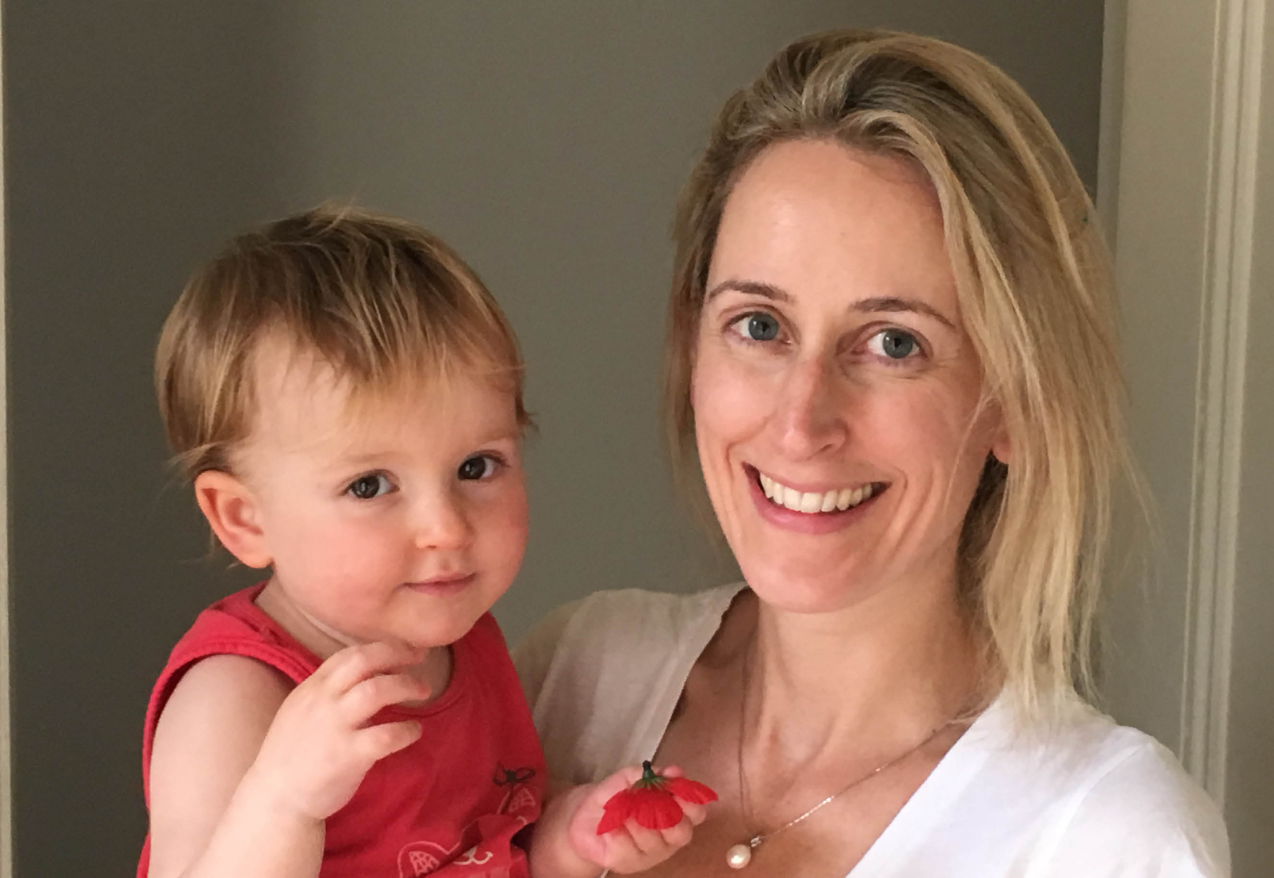

In my 20s, I loved nothing more than lying on a beach for hours and topping up my suntan during winter with a few sessions on a sunbed. I knew the dangers, given my pale English skin, but vanity won out – that, and my eternal optimism. Skin cancer happened to other people, not me.
So, in 2015, when I developed a small, rough patch of skin at the base of my neck, I didn’t worry. I was living in the UK at the time; I had three young children, and we were about to move back to Australia. My own health wasn’t at the top of my to-do list. I tried some cortisol cream, which didn’t help, and figured I’d get it sorted… later.
A few months later, in Melbourne, I saw a dermatologist, who also wasn’t worried. “We’ll burn it off and if it comes back, we’ll know it’s not so good,” I remember him saying. But suddenly, this wait-and-see approach didn’t feel so good either. I sought a second opinion from a surgeon friend, who agreed we might need to be more proactive. And he was right: a biopsy revealed that the scaly patch of skin was a squamous cell carcinoma (SCC).
This type of skin cancer is rarely life-threatening, but if it’s left untreated it can grow and spread to other parts of the body. I was lucky: my friend removed the cancer and I have been left with a white scar.
But the experience was enough to make me change my attitude to suntanning. I wear factor 50 on my face and all exposed skin every day; at the beach, it’s SPF 50 all over, plus a hat and wetsuit (I live in Melbourne, after all). I was left with a scar, but it could have been so much worse.
“I have to wear a thick compression stocking every day”
Marketing manager Andrea Johnson, 31, contracted melanoma at 30 – and is still living with the effects.
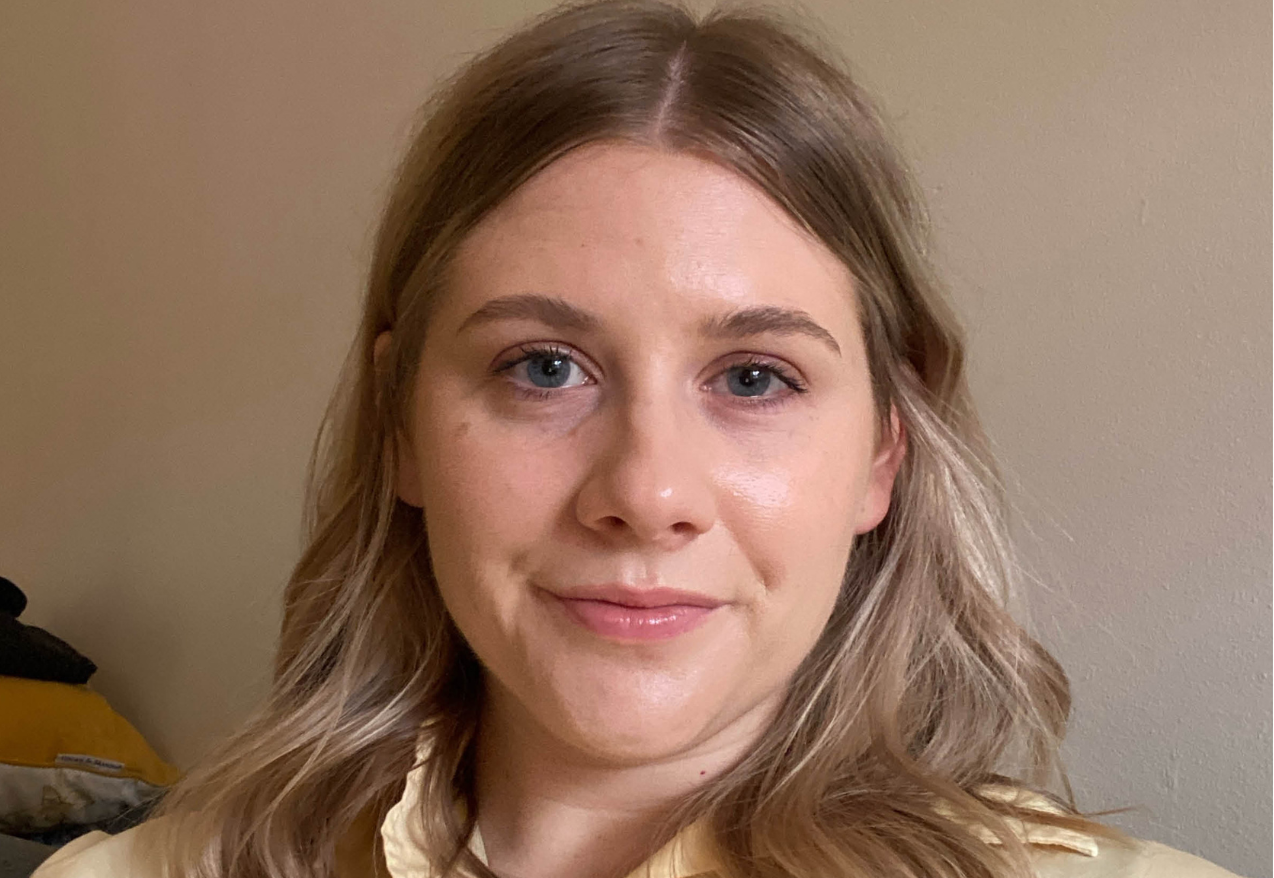

“I’m very pale, with lots of freckles and moles all over my body. So about two years ago I booked in for a Mole Map, which photographs or ‘maps’ the moles on your body.
A year or so later, I had a follow-up skin check and noticed that a mole on my thigh seemed to have changed. I checked it against the Mole Map photo, and realised it had changed dramatically; all the colours had swapped around.
The mole map clinic suggested removing it just to be safe. So, I underwent surgery at my GP’s office and the mole was sent off for a biopsy. My GP didn’t seem concerned; she was very calm.
A week later, she called. I had just started a new job and I was at work when she rang. I recognised the number and I’d started walking towards a meeting room but before I could get there, she delivered the news: I had an invasive melanoma.
I was shocked, and struggled to process that I had cancer at 30. Soon afterwards, I had more surgery to ensure the entire melanoma was removed. I also had two lymph nodes in my hip removed and tested so I could be completely sure I was cancer-free.
Luckily, my scans were clear. But there have been ongoing effects. I have a 15cm scar on my thigh, and the removal of the lymph nodes left me with a mild case of lymphedema, which means the fluid in my leg doesn’t drain properly. I have to wear a thick compression stocking, from my foot to the top of my thigh, every day. It’s something I never thought I’d have to deal with.
Since my diagnosis I’ve found myself encouraging friends and family to protect themselves from the sun. (Even 15 minutes in the sun without protection can damage your skin.) I also think that skin checks should be part of life; getting an annual skin check should be as common as a trip to the dentist. But of course, if you noticed any changes in freckles or moles you should see a doctor immediately.
Today, I’m meticulous about sun protection. I wear SPF 30 (or higher) sunscreen on my face, neck and body every day and long sleeves. Even if I’m putting the washing out, I wear a hat.
My experience was really scary. But I’ll happily talk about it to help prevent another person from going through the same thing.
This story was written in partnership with The Australian Government and Cancer Council.
Want more stories like this? Sign up to PRIMER’s weekly newsletter.




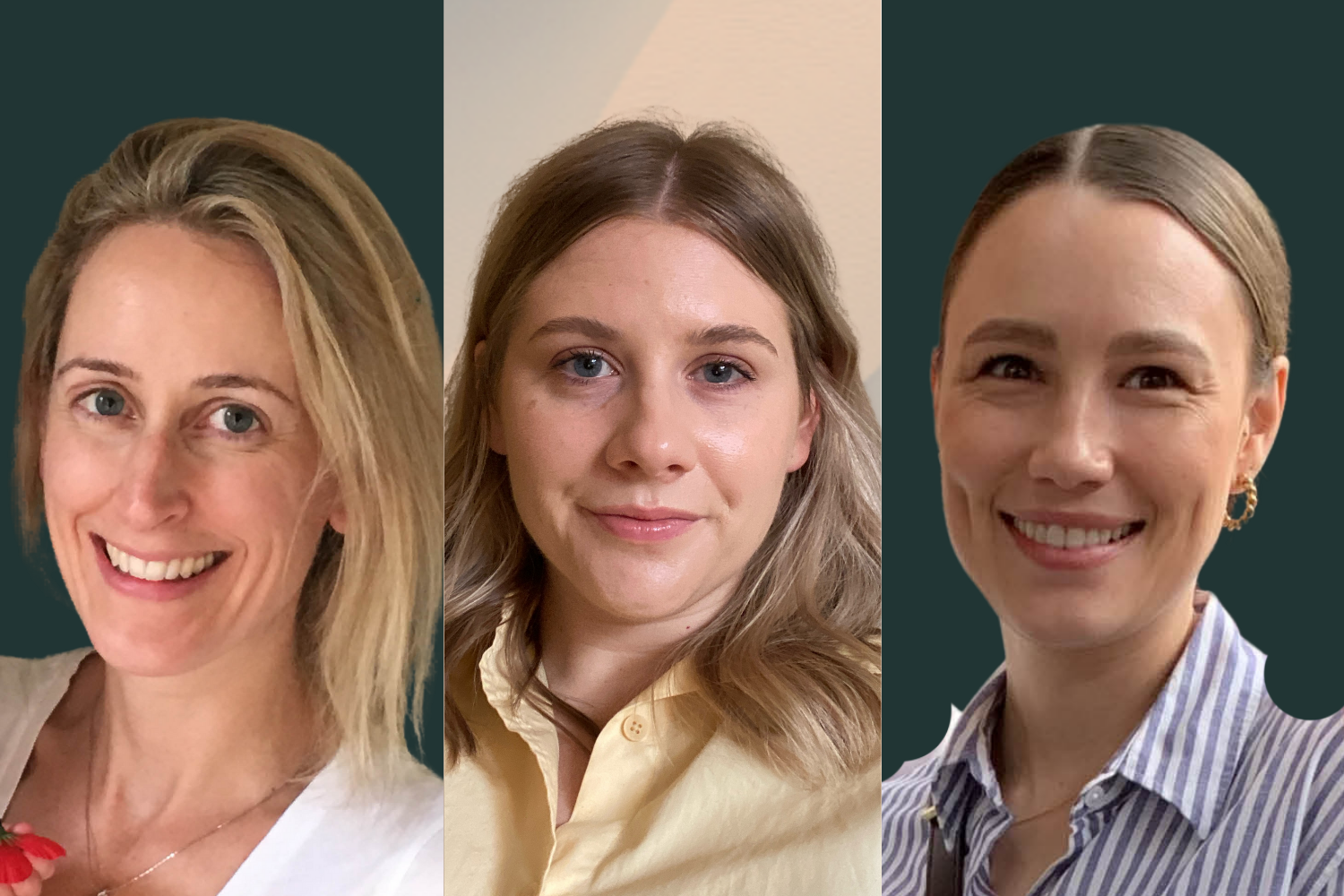
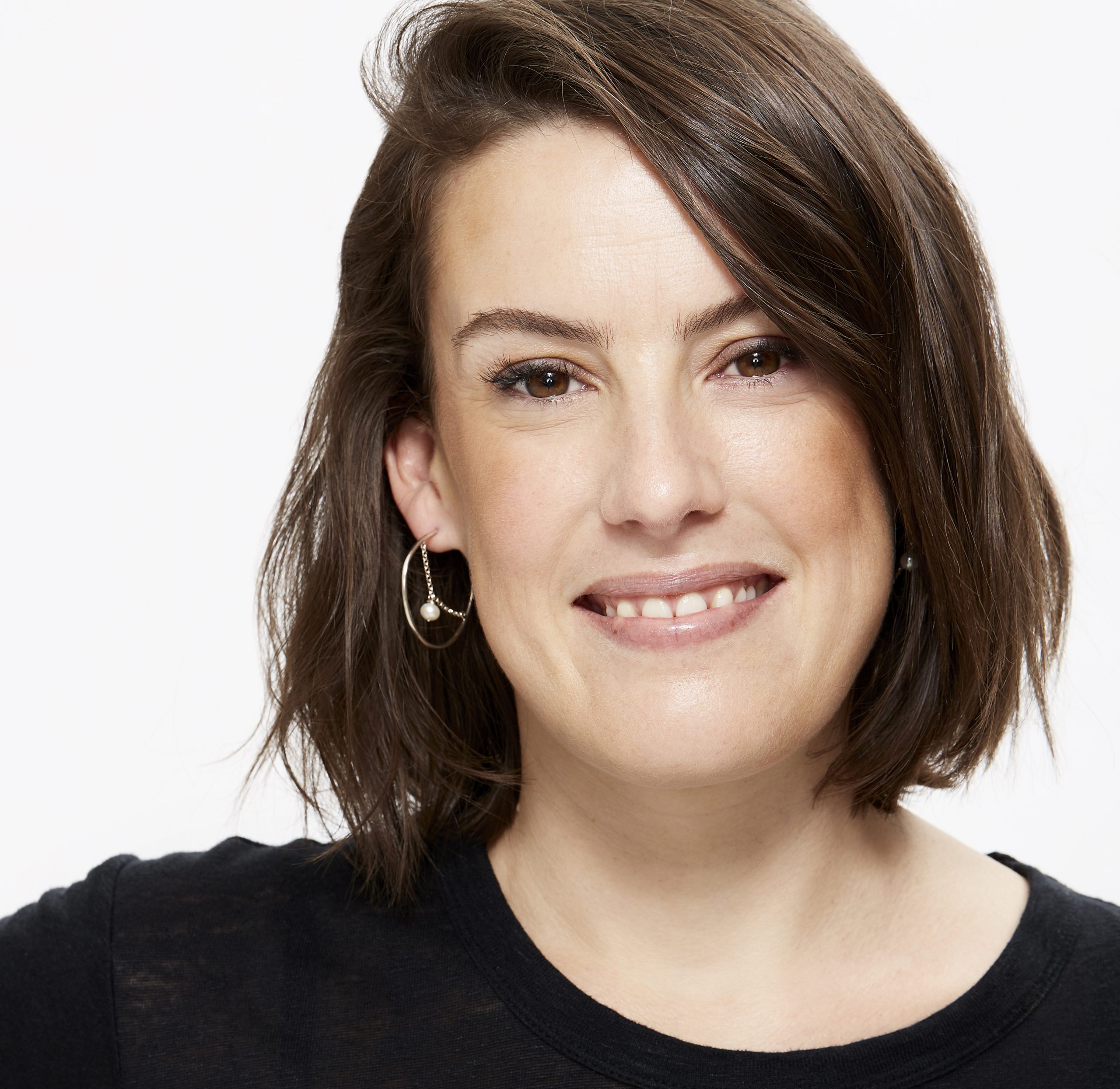

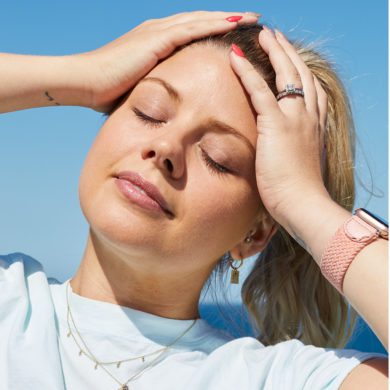
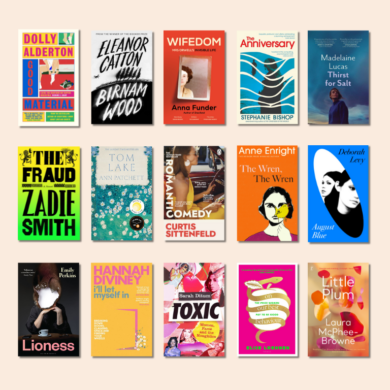
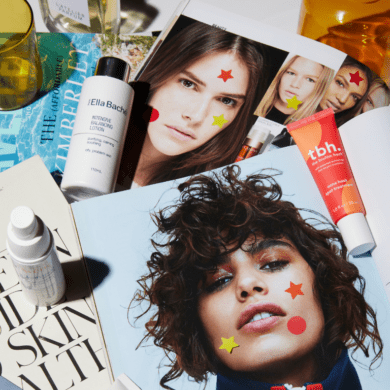
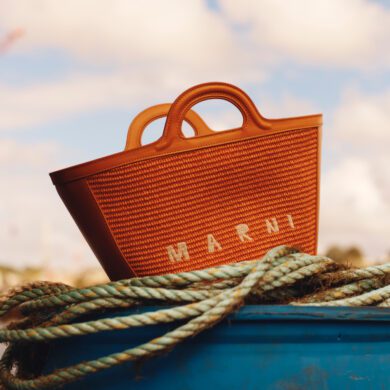
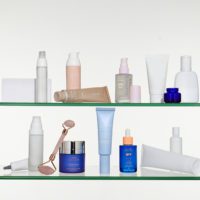
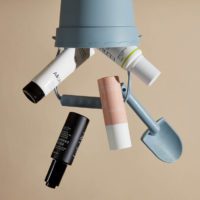
No Comments